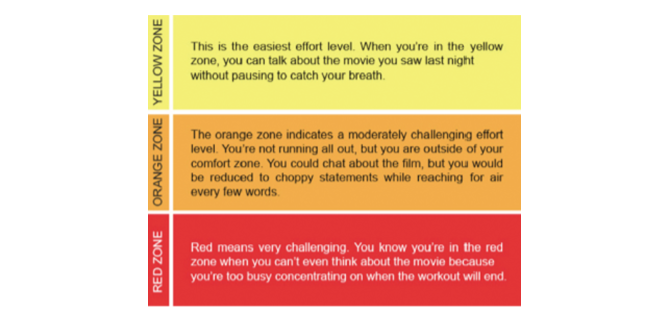6 Super-Quick Workouts for Busy Runners
Squeeze in a “better than nothing” run to avoid losing training momentum.
Squeeze in a “better than nothing” run to avoid losing training momentum. – By Jenny Hadfield

Sometimes life can get in the way of your runs. If you can’t get in that planned 45 to 60 minutes, you probably can get in “better than nothing runs” (BTNs for short). You’ll be amazed at what you can accomplish in a shorter period of time, you’ll feel better for having done it, and most importantly, it will keep running momentum flowing. The next time you’re in a jam, try one of these 30-minute BTNs to stay on track.
If you’re tired and busy, try this:
Warm up by walking briskly for two minutes.
Run at a conversational, easy, yellow-zone (see training zones below) effort for 23 minutes.
Spend the final five minutes working on flexibility and taking a minute to breathe deeply.
If you’re training for a hilly race (and have access to a treadmill), try this:
Warm up by walking briskly for two minutes.
Run for five minutes at an easy, yellow-zone effort.
Repeat for 21 minutes: Run at three- to four-percent incline at a red-zone effort (see training zones below) for one minute, then run easy for two minutes with no incline or a slight decline to recover. (If you don’t have access to a treadmill, try climbing stairs for the same amount of time.)
Walk for two minutes to cool down.
If you’re training to improve speed, try this:
– Warm up by walking briskly for two minutes.
– Run for five minutes at an easy, yellow-zone effort.
– Repeat for 20 to 21 minutes: Run at a hard, red-zone effort for one minute, then recover fully with easy-effort running or walking for two minutes. If you’ve been running speed workouts and this feels too easy, reduce the recovery time to one minute.
– Walk for two minutes to cool down.
If you’re within the final six weeks of race prep (and have been doing speedwork), try this:
– Warm up by walking briskly for two minutes.
– Run for five minutes at an easy, yellow-zone effort.
– Run for 20 minutes at a moderate, orange-zone effort just outside your comfort zone.
– Walk for three minutes to cool down.
If you’re busy and bored, try this:
– Warm up by walking briskly for two minutes.
– Run for five minutes at an easy, yellow-zone effort.
– For 21 minutes, play with your speed by performing short and random 30- to 60-second pickups at a hard, red-zone effort. A few fun ways to employ this are to run the first 30 to 60 seconds of every song on your playlist hard and the rest of the song easy, pick it up at random visual markers on your running route, or plug them in randomly based on how you’re feeling.
– Walk for two minutes to cool down.
If you don’t have 30 minutes, try this:
– Pack your comfy running shoes and fit in activity during the day. Try to get in 30 minutes total of activity during the day by climbing stairs, taking a brisk 10-minute walk over lunch, or even performing squats, wall sits, and planks.
– It’s all about rewiring our brains to value the power of a shorter workout. Quick bursts of activity keep you on course, maintain your fitness, and may even spice up your routine.
TRAINING ZONES:
We run aerobically or in what I call the Yellow Zone for our easy runs, recovery runs, and long runs. Running at this effort allows us to run for a long time, improves our fat-burning enzymes, and isn’t very stressful on the body.
The Orange Zone is a step up from Yellow and hovers around the lactate threshold (redline), the point at which we shift from using more fat for energy to using more glycogen. We run in this zone during workouts like tempo runs and long intervals to raise the redline, which helps us run faster at easier efforts.
When you cross over the redline, you run into the Red Zone, or the effort level that is flat-out hard, well outside your comfort zone. This is the effort where we run intervals, hill repeats, and any high-intensity workout. Training in this zone will improve fitness and speed and boost your metabolism for hours post-workout.
READ MORE ON: workout


